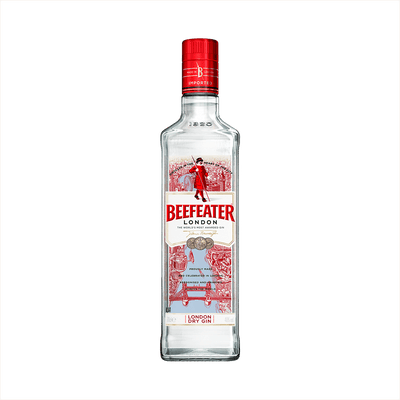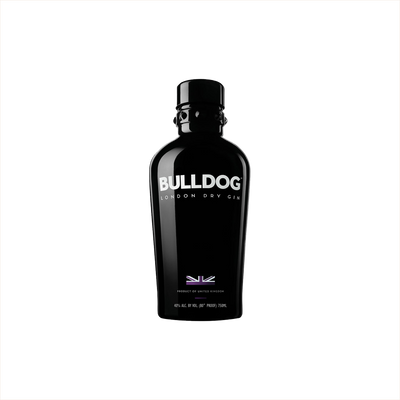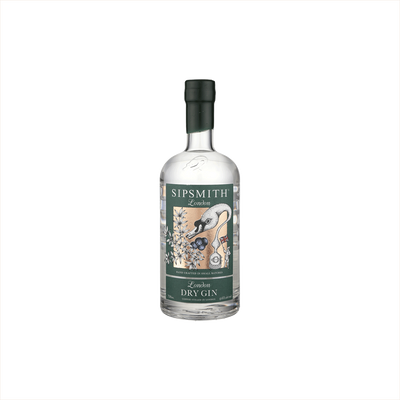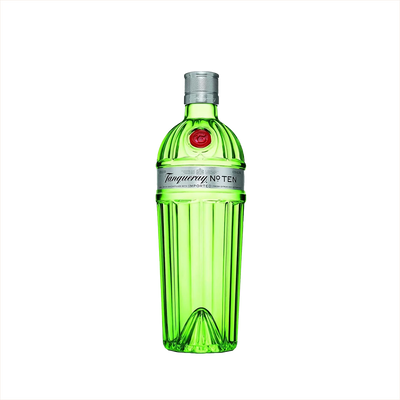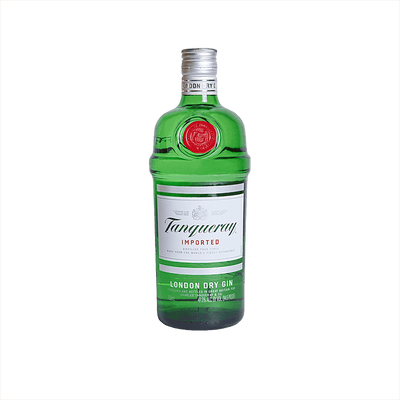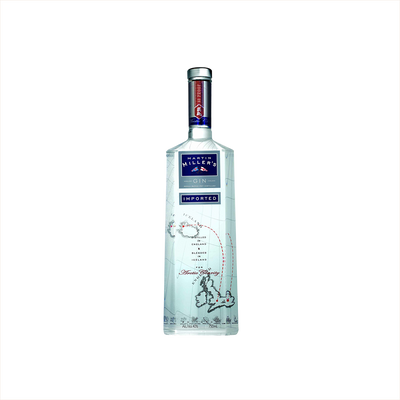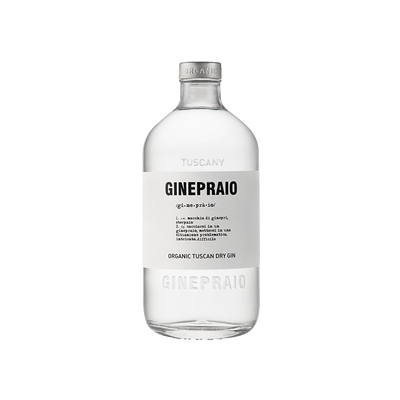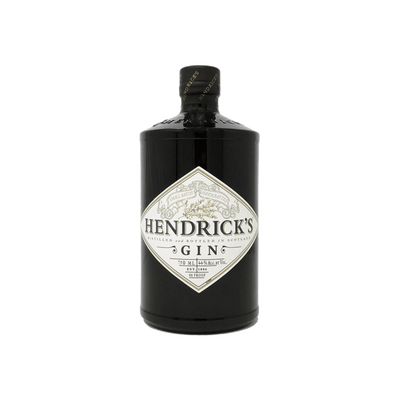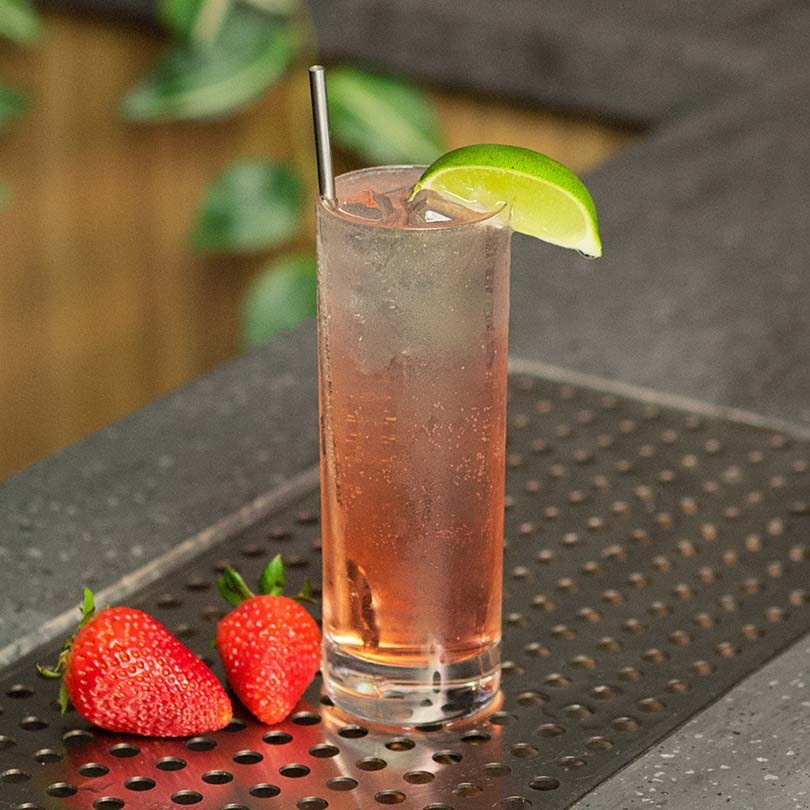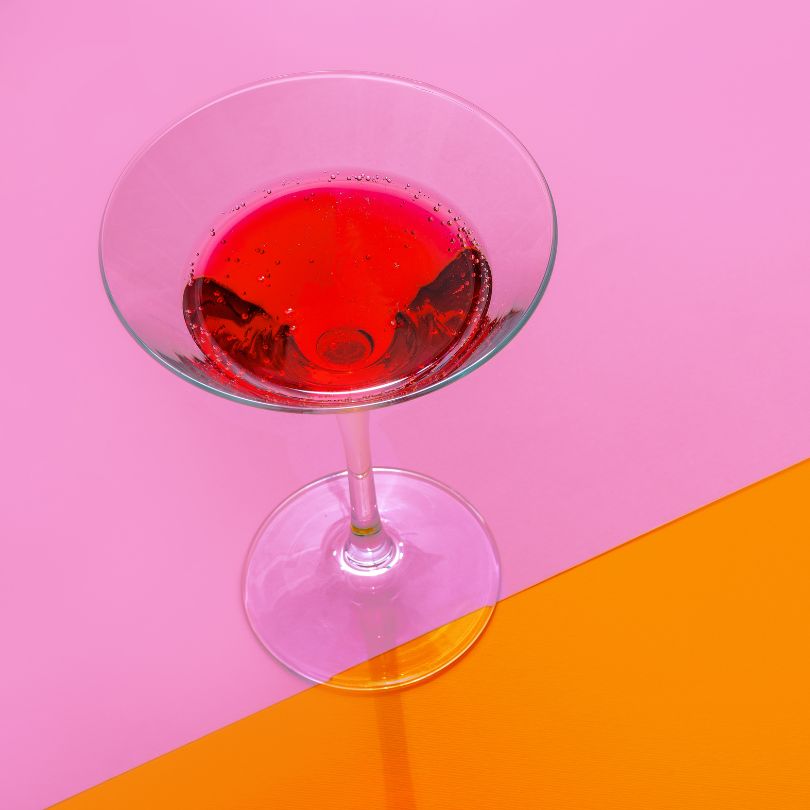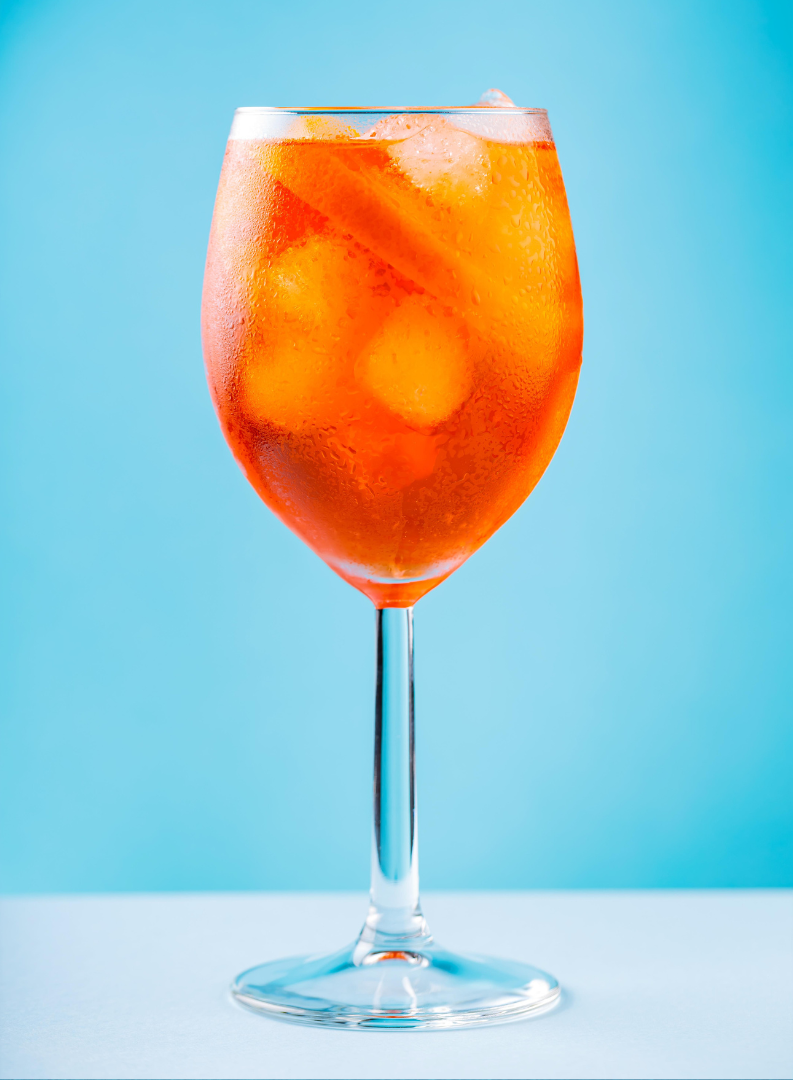London Dry Gin
What is London Dry Gin?
London Dry Gin represents the most classic and widely recognized style of Gin, defined by strict production regulations that require distillation with botanicals and prohibit the addition of artificial flavors or sweeteners after distillation. This style must be distilled to at least 70% alcohol by volume and can only have water and a tiny amount of sweetener added post-distillation, creating that clean, crisp, and juniper-forward profile that defines the category. Despite its name, London Dry Gin can be produced anywhere in the world as long as it meets these rigorous standards.
Learn More About London Dry Gin
What makes London Dry Gin unique?
London Dry Gin stands apart from other gin styles through its strict production rules that prohibit any artificial flavoring or sweetening after distillation, creating a clean, juniper-forward profile that's bone dry. Unlike Old Tom gin with its subtle sweetness or Navy Strength gin with its higher proof, London Dry must derive all its flavor from botanicals added during the distillation process itself. This regulatory framework produces a crisp, aromatic spirit where juniper berries take center stage, supported by a chorus of other botanicals like coriander, angelica root, and citrus peels.
How is London Dry Gin made?
London Dry Gin starts with a neutral grain spirit that gets redistilled with juniper berries and other botanicals in a traditional copper pot still, with all flavoring coming from this single distillation process rather than added essences or extracts. The botanicals must be added before or during distillation, and nothing can be added afterward except water to bring it down to bottling strength. This strict production method creates gin's signature clean, crisp character with prominent juniper notes that define the style.
How do you drink London Dry Gin?
London Dry Gin shines brightest in cocktails where its crisp juniper-forward profile can play well with other ingredients - think classic martinis, gin and tonics, or more elaborate creations like negronis and aviation cocktails. While some adventurous drinkers enjoy sipping premium London Dry neat or on the rocks to appreciate its botanical complexity, this style really finds its calling when mixed. The clean, dry character makes it perfect for refreshing spring and summer cocktails, garden parties, and sophisticated evening gatherings where you want that distinctive gin bite to cut through citrus, herbs, or bitter elements.
How do I choose a good London Dry Gin?
Start by considering your intended use—if you're mixing classic cocktails like Martinis or Gin & Tonics, look for gins with prominent juniper character and clean, crisp profiles that won't get lost among other ingredients. For sipping neat or in spirit-forward drinks, seek out bottles with interesting botanical blends that offer complexity beyond the basic juniper-citrus combo. Pay attention to proof levels too; higher-proof gins (around 94-100 proof) often perform better in cocktails where you want the gin's personality to shine through dilution and mixers.
Nutritional Information
Typical Calorie Range per Ounce: 64-69 calories
Typical Carbohydrate Range per Ounce: 0-0.1 grams
Typical Sugar Range per Ounce: 0 grams
Typically Gluten Free: Yes
London Dry Gin is naturally low in calories and contains virtually no carbohydrates or sugar, making it a popular choice for those watching their intake. The distillation process removes gluten proteins, so most gins are considered gluten-free even when made from wheat-based neutral spirits. Still, if you have celiac disease or severe gluten sensitivity, always check the specific product label and manufacturer information to confirm gluten-free status, as production methods can vary between brands.
Scrolled this far? Your reward? London Dry Gin Trivia!
- London Dry Gin doesn't have to come from London. This style can be made anywhere in the world – and most of it actually isn't made in London anymore. The name refers to a production method, not geography. You could make authentic London Dry Gin in Tokyo, Kansas, or your backyard distillery, as long as you follow the strict rules: no artificial flavors added after distillation, and nothing but water and a tiny bit of sweetener allowed post-distillation.
- The "dry" in London Dry originally meant something completely different than you think. While we associate "dry" with lack of sweetness today, the term originally distinguished these gins from the heavily sweetened "Old Tom" style that dominated the 1800s. London Dry was literally the "not-sweet" gin, but distillers could still add up to 0.1 grams of sugar per liter and legally call it London Dry – though most don't bother.
- Juniper must be the dominant flavor, but there's no legal minimum amount required. While London Dry Gin must taste primarily of juniper, regulations don't specify how much you need to use. Some craft distillers push this boundary, creating gins that barely whisper juniper while technically staying within the rules. It's like a legal loophole that lets creative distillers play fast and loose with tradition.
- London Dry Gin helped fuel the British Navy's global dominance. The Royal Navy's daily gin ration wasn't just about morale – gin's high alcohol content made it an excellent preservative for storing fresh water on long voyages. Mix it with lime juice to prevent scurvy, and you've got a cocktail that literally helped build an empire. The Navy only stopped issuing daily gin rations in 1970.
- You can legally call it London Dry Gin even if you add botanicals in ways that would horrify purists. The regulations allow distillers to steep botanicals in the spirit before distillation, hang them in vapor baskets during distillation, or even add approved natural extracts before the final distillation. This means two London Dry Gins can taste completely different while following identical legal requirements – making every bottle a potential surprise.
Higher-proof spirits can be intense. Mix carefully, taste thoughtfully, and enjoy responsibly.
Gift message (optional)





